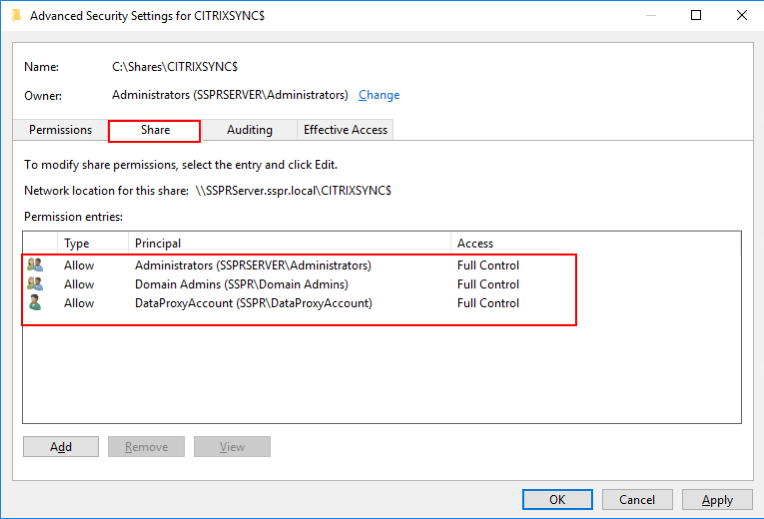

- #Rhel 7 dev file permissions reset how to#
- #Rhel 7 dev file permissions reset Pc#
- #Rhel 7 dev file permissions reset free#
If your aim was to clear log files and make some free space, you should learn about cleaning journald logs. You can also empty a file by deleting all lines in Vim editor. You can also use the famous /dev/null and combine it with the cat command to clear a log file: cat /dev/null > file.log In the end…Īnd if you don’t have enough permissions for any of the above commands, this is the sure shot but a little dirty way to achieve it: touch newfile You can also use the echo command in this way: echo "" > filename Method 4: Use /dev/null to clear a file You can also use this command to clear a file: true > filename Method 3: Using echo command to empty file in LinuxĪnother way to empty a file is via echo command in Linux: echo > filename Here you can see that, the file has write permission only for the root user. chown root:root demoacltest.txt Issue this command to see the permissions of the demoacltest.txt file. While the above works only in Bash Shell, you can use a similar command for other shells: :> filename Let’s change the file ownership for root only by doing the following. If the file is not in use, it will work in Bash: > filename The simplest way to empty a file is to use the command below. If you view the file content, it will be empty. When you use -s 0, it means you adjusted the file size to 0 bytes. In the above command, -s is used to set/adjust the size (in bytes) of the file. The safest way to truncate a log file is using the truncate command. Method 1: Truncate a file using truncate command There are several ways you can empty a file without actually deleting the file.
#Rhel 7 dev file permissions reset how to#
So, how do you empty a file in Linux? How to clear a file from all of its content without deleting the actual file? 4 ways to empty a file in Linux Instead of creating a new empty file, you can delete its content. It won’t be the same file the timestamp (atime, mtime etc) will be different along with other file permissions.

One not so clean way would be to remove the file and then create a new file. This often happens when you have huge log files and How would you do that? System preferences / Users&Groups / Login Items / + / Select any root folder within (!) the NFS share / Add).You’ll find yourself in situations where you need to empty a file. However, you can also make the mount permanent if you like (e.g. In finder you will see a new entry called (e.g.) "dustycray" on the left in the section "locations", also in file-open dialogs.Ībove's mount procedure is not permanent, I use a script to mount it whenever I need it. Then the NFS can be accessed in the path /private/nfs. Sudo mount -t nfs -o resvport,rw dustycray:/home/tux/mp3 /private/nfs
#Rhel 7 dev file permissions reset Pc#
#Replace the ubuntu pc name (dustycray) and the path (home. Now on the mac, open a terminal as shown above and enter (leave /private/nfs as it is): sudo make /private/nfs This command, by default, has the SUID permission set: tcarriganserver ls -l /usr/bin/passwd -rwsr-xr-x. Now, to see this in a practical light, let's look at the /usr/bin/passwd command. #leave with ctrl+x and confirm file saving If the file owner doesn't have execute permissions, then use an uppercase S here. home/tux/mp3 Bills-MBP(rw,sync,insecure,all_squash,anonuid=1000,anongid=1001) # At the end of the file add the following line, replace the path name, the Client PC Name and the two numbers with your values: # remember the number, use it below as anongid (replace the 1001 there) # remember the number, use it below as anonuid (replace the 1000 there) On the NFS-Server (Ubuntu EOAN in my case) enter in the terminal (which we opened as shown above): id -u tux

name of Ubuntu: dustycray (Can be found out like shown above.)įolder on Ubuntu to be shared: /home/tux/mp3 Use whatever folder you need to share as absolute path Enter "terminal", start the terminal, the user name will be shown before the sign in the prompt. Username in Ubuntu: tux (Press the penguin-key on your keyboard, if you have none, order a penguin keyboard sticky and place it over the ugly key with four mis-shaped squares near the space bar. Use what's written between the and the : as client PC name further below). Example on how to mount a NFS share on Ubuntu Eoan as a server and MacOS Catalina as a client.Įxample assumptions (you need to adapt this):Ĭlient PC name: Bills-MBP (Press Cmd+Space, start 'terminal', there something like is written as a prompt.


 0 kommentar(er)
0 kommentar(er)
